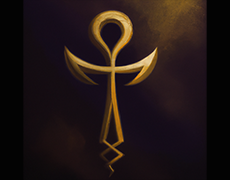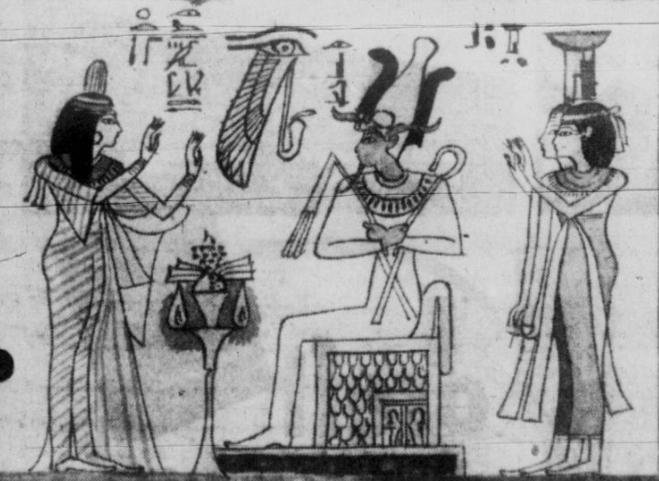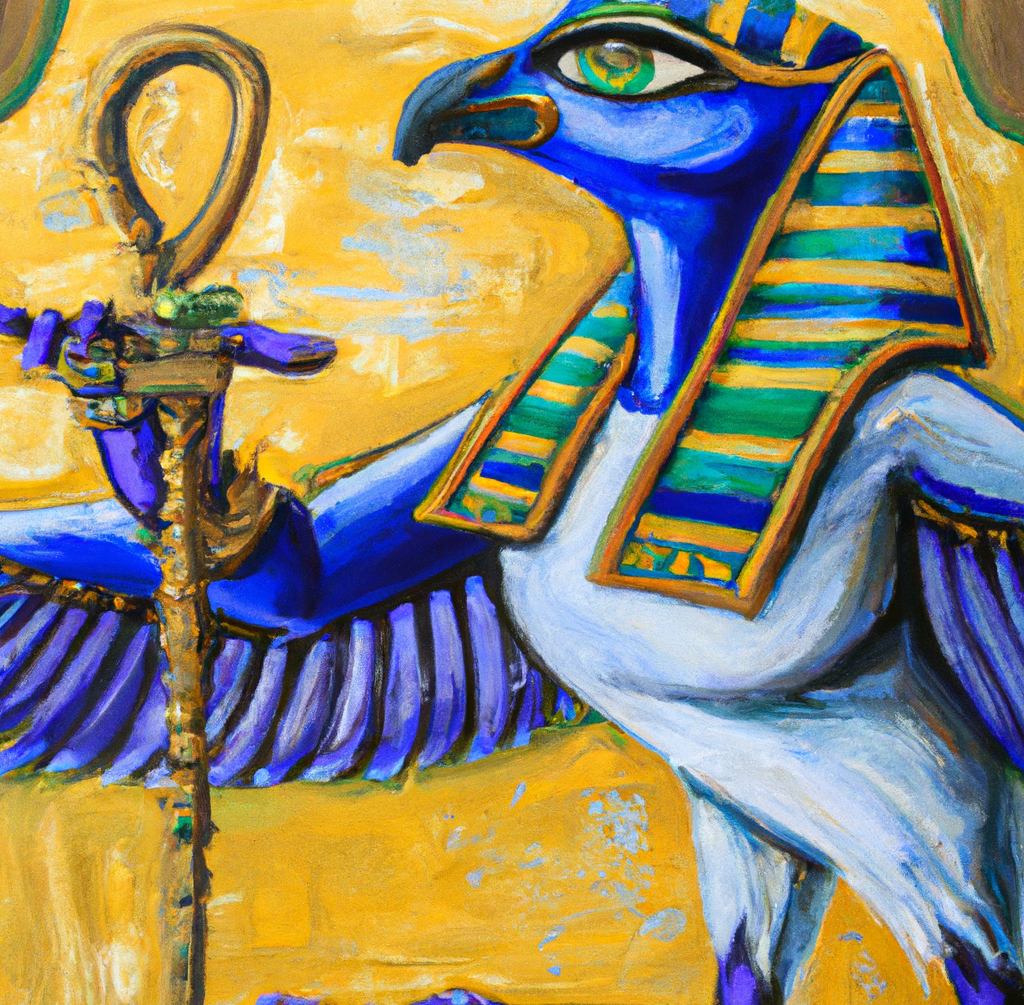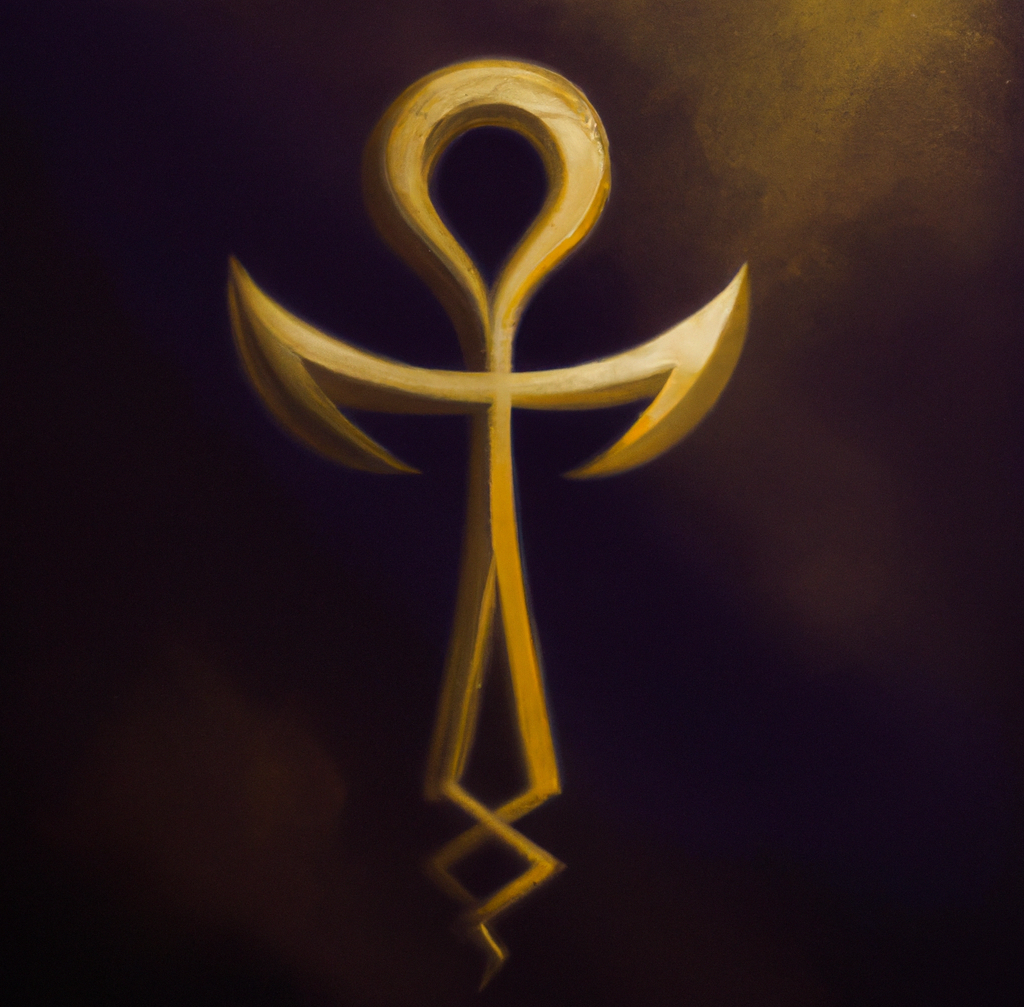
The Ankh, also known as the “cross of life” or “key of the Nile”, is an ancient Egyptian symbol that represents the union of male and female energies. Like many ancient symbols, it was also viewed as a sexual symbol.

The Ankh is depicted as a cross with a loop at the top, representing the female element, and a horizontal bar at the bottom, symbolizing the male element. The combined elements represent the unity of the sexes, which was seen as the source of life and creation in ancient Egyptian mythology.
It was also believed that the Ankh held the power to grant immortality and was often depicted being held by the gods and pharaohs, who were seen as having a divine connection to the afterlife.

Some experts believe that the Christian cross was modeled after the Ankh, with the only difference being that early Christians removed the feminine oval from the Ankh and turned it into a masculine-only symbol.
For example, in The Woman’s Encyclopedia of Myths and Secrets by Barbara G. Walker:
“The Christian version of the Cross of life, which didn’t appear in Christian art until after the 5th century A.D., significantly lacked the feminine oval and kept only the masculine part of the figure.” (p. 38)

The Ankh remains a popular symbol in modern times and is often used as a symbol of life and eternity. It is also commonly used in jewelry, art, and other decorative items, and continues to hold a significant cultural and spiritual significance to many people.

